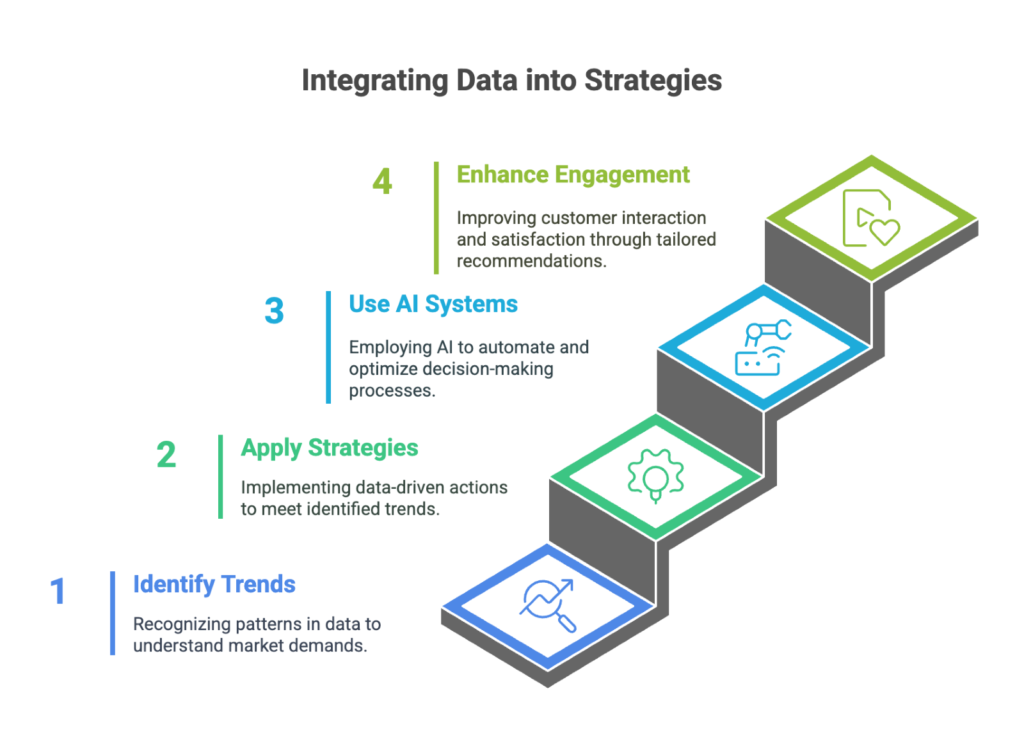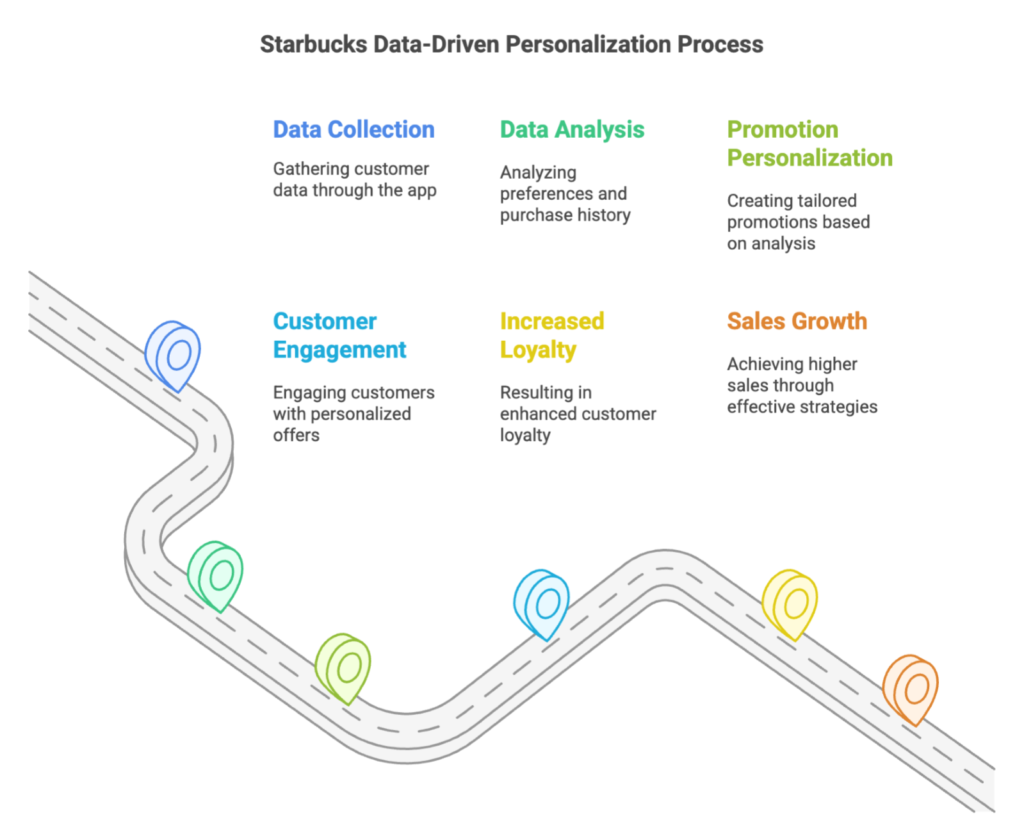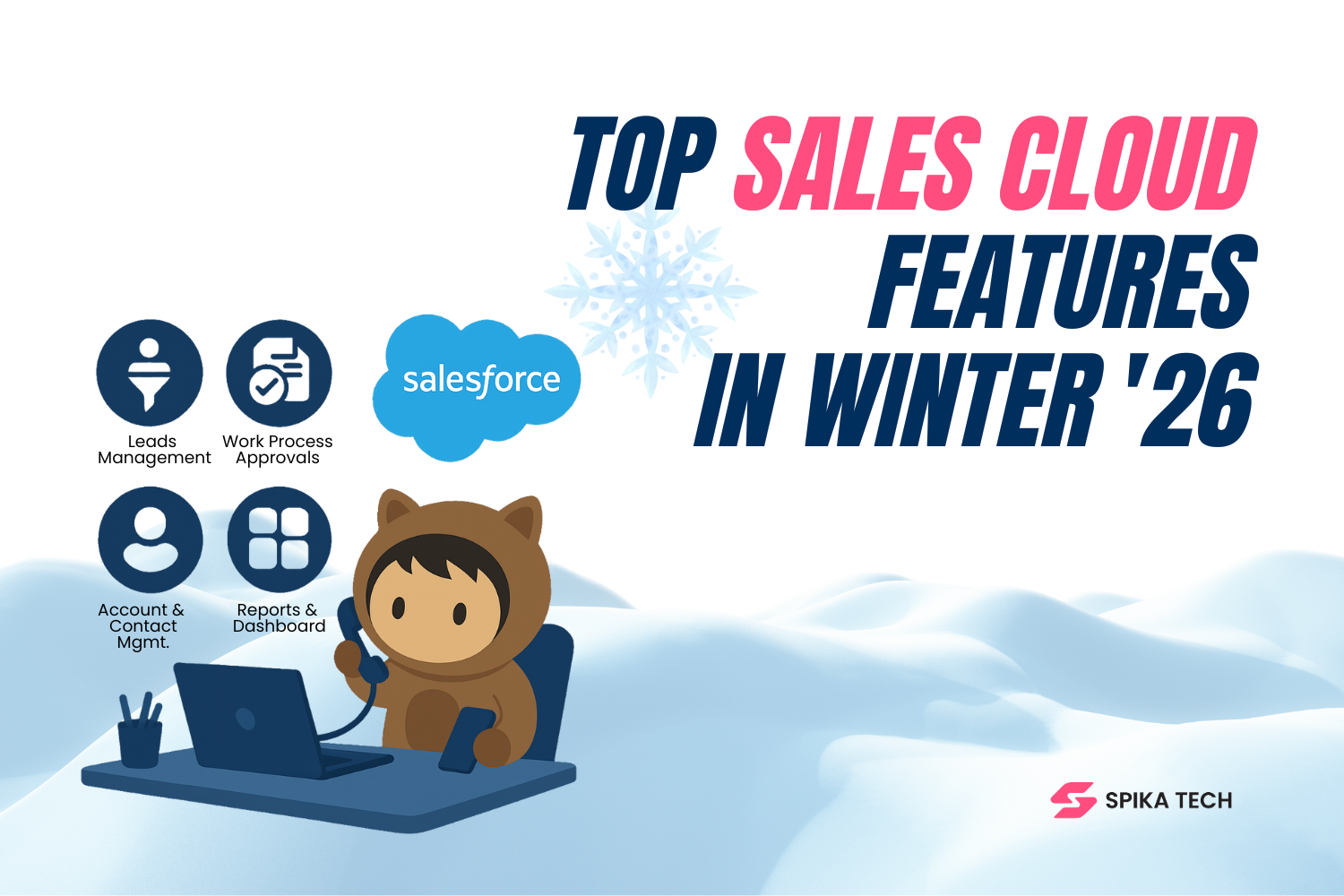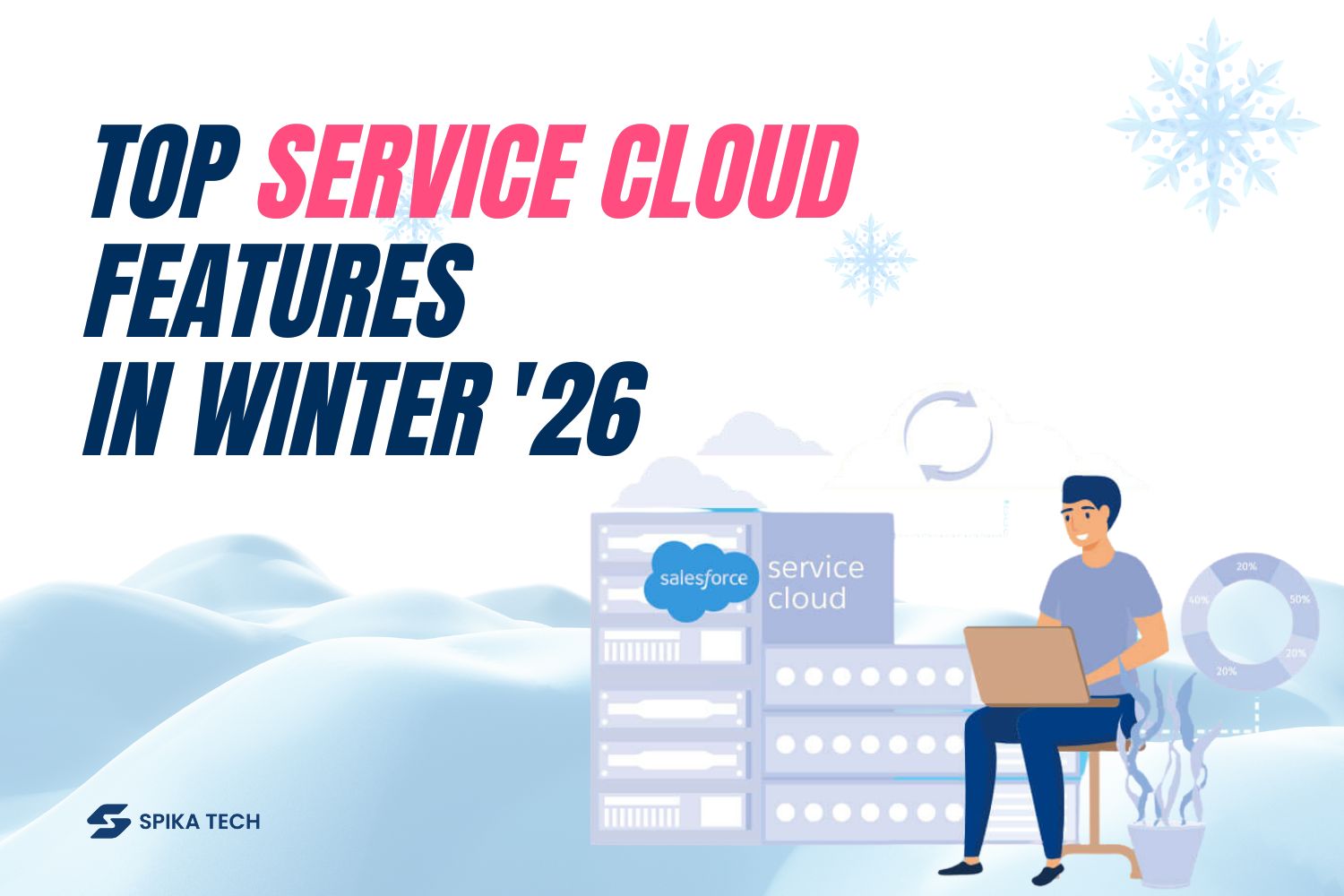Imagine you’re planning a road trip. You could just hop in the car and start driving, hoping you’ll get to your destination. But wouldn’t it be smarter to check a map, look at the traffic, and plan the best route? That’s exactly what data analytics does for businesses—it helps them navigate challenges, avoid roadblocks, and reach their goals faster and more efficiently.
In today’s digital world, businesses are swimming in data. Every customer purchase, website visit, and social media interaction generates valuable information. But having tons of data isn’t enough—it’s what businesses do with it that matters. Data analytics is like a GPS for decision-making, guiding companies toward smarter choices by turning raw information into useful insights.
For example, have you ever noticed how your favorite streaming service always seems to know what show you’ll love next? That’s data analytics at work. Just like Netflix recommends movies based on what you’ve watched, businesses use data to understand customer behavior, predict trends, and make informed decisions that lead to success.
Companies big and small rely on data analytics to improve operations, boost sales, and enhance customer satisfaction. Retailers use it to stock the right products at the right time. Restaurants analyze customer preferences to create better menus. Even sports teams use data to fine-tune strategies and improve player performance.
But how does data analytics actually work? And how can businesses—no matter their size—use it to their advantage? In this article, we’ll break it down step by step, exploring how data analytics helps businesses make smarter decisions, avoid costly mistakes, and stay ahead of the competition. Let’s dive in!
Section 1: The Benefits of Data Analytics in Business Decision-Making
magine you’re a detective trying to solve a mystery. You gather clues, analyze them, and piece together the story to find the culprit. In the business world, data analytics works the same way. Companies collect information—like sales numbers, customer feedback, and website visits—and use it to uncover patterns and make smarter decisions.
Why Data Analytics Matters
Think of data as a treasure chest filled with valuable insights. The challenge is knowing how to sift through it to find the gold. Businesses that use data analytics effectively can improve decision-making, streamline operations, and better understand their customers.
For example, a retailer analyzing past purchases might discover that certain products sell more during the holiday season. Instead of guessing what to stock, they can use this insight to prepare in advance, ensuring they meet customer demand.

How Businesses Benefit
- Smarter Decisions – Just as a captain uses a compass to navigate, businesses use data analytics to make informed choices. Instead of relying on gut feelings, they base decisions on real evidence, reducing risks and increasing success.
- Increased Efficiency – Imagine a coach fine-tuning an athlete’s performance. Businesses use data to optimize their processes, from reducing delivery times to cutting unnecessary costs. A logistics company, for example, can analyze traffic patterns to find the fastest delivery routes.
- Better Customer Understanding – While no one can read minds, data analytics comes close. By studying shopping habits and preferences, businesses can personalize experiences, like a coffee shop preparing extra iced drinks on Fridays because they’ve noticed a spike in demand.
- Staying Competitive – In a race, the runner who knows the track best has the advantage. Businesses that track market trends early can adapt quickly, staying ahead of their competition.
Real-World Example: BP’s Smart Use of Data
BP, a global energy company, teamed up with Palantir Technologies to improve its oil and gas exploration. By integrating real-time data from over two million sensors, BP can make faster, data-driven decisions, boosting efficiency and reducing risks in its operations.
The Takeaway
Data analytics isn’t just for tech giants—it’s a powerful tool that any business can use. By understanding trends, improving efficiency, and responding to customer needs, companies can set themselves up for long-term success.
Section 2: How Businesses Collect and Manage Data
Imagine you’re a gardener tending to a large, thriving garden. To help your plants grow, you observe soil quality, track sunlight exposure, and adjust watering schedules. Businesses do the same with data. They gather and manage information to understand their customers, improve operations, and make smarter decisions.
Collecting Data: Gathering the Seeds
Before businesses can use data effectively, they need to collect it. Just like a gardener gathers seeds from different sources, companies use various methods to gather valuable information.
- Surveys and Feedback – Imagine asking your plants directly what they need to grow. Businesses do this through surveys, questionnaires, and customer reviews, gaining direct insight into preferences and satisfaction levels.
- Observing Customer Behavior – Like watching which plants thrive in certain conditions, businesses track how customers interact with their products. This includes monitoring popular purchases, website navigation, or in-store foot traffic.
- Online Tracking – Think of placing small markers in your garden to see which paths are most traveled. Companies use cookies, analytics tools, and heatmaps to understand what interests’ customers online.
- Social Media Listening – Just as a gardener notices the changing seasons, businesses track conversations on platforms like Twitter and Instagram to identify trends and public sentiment.
- Transaction Records – Like noting which plants produce the best harvest, companies analyze sales data to see which products perform well, helping them adjust inventory and pricing strategies.
Managing Data: Organizing the Garden
Once collected, data needs to be stored, cleaned, and protected—just like a gardener organizes seeds, removes weeds, and ensures plants are safe from pests.
- Data Storage – Just as seeds are stored in a safe place, businesses use databases and cloud storage to keep data secure and easily accessible.
- Data Cleaning – Imagine removing weeds to ensure healthy growth. Businesses must eliminate duplicate or incorrect data to maintain accuracy.
- Data Organization – Like labeling plant rows for easy identification, structured data systems help companies quickly find and use the right information.
- Data Protection – Just as fences protect a garden from animals, businesses use encryption, access controls, and cybersecurity measures to safeguard data.
- Data Governance – Think of this as setting rules for your garden. Companies establish policies to ensure responsible data use and compliance with regulations.
Real-World Example: How Retailers Use Data for Smarter Sales
Many retailers use loyalty programs to collect and analyze customer purchasing habits. For example, supermarkets track seasonal buying patterns—if ice cream sales spike in summer, they stock up early. This data-driven approach helps businesses personalize promotions, optimize inventory, and improve customer experiences.
Why It Matters
Just like a well-maintained garden produces better crops, well-managed data leads to better business outcomes. By collecting and organizing information effectively, companies gain insights that drive smarter decisions, helping them grow and thrive in a competitive market.
In the next section, we’ll explore how businesses analyze this data to uncover valuable insights.
Section 3: Analyzing Data to Uncover Actionable Insights
Imagine you’re a detective piecing together clues to solve a mystery. In business, data analysis works the same way, helping companies uncover hidden patterns and insights that lead to smarter decisions.
Making Sense of the Data
Businesses collect vast amounts of data, but raw numbers alone don’t tell the full story. Data analysis helps break it down into useful insights. There are different ways to do this. Some businesses look at what has already happened (descriptive analysis), while others dig deeper to understand why something occurred (diagnostic analysis). More advanced approaches can predict future trends or even suggest the best course of action (predictive and prescriptive analysis).
For example, an online retailer might notice a sudden spike in sales for a particular product. Descriptive analysis will highlight the trend, while diagnostic analysis can reveal the reason—maybe a popular influencer recommended it. Predictive analysis could then help forecast demand, ensuring the store stocks up in time.
The Data Analysis Process
Turning data into action isn’t just about looking at numbers; it’s about finding patterns and making connections. Businesses first need to clean and organize the data, ensuring accuracy. Then, advanced tools and software help analyze it, whether through charts, algorithms, or artificial intelligence. The final step is interpreting the results and turning them into meaningful business strategies.
Real-World Example: UPS’s Route Optimization
UPS, the global shipping giant, uses data analysis to optimize delivery routes. By examining factors like traffic patterns and package volumes, they developed a system called ORION (On-Road Integrated Optimization and Navigation). This system helps drivers choose the most efficient routes, cutting down fuel costs and improving delivery times. In fact, by shaving just one mile off each driver’s route per day, UPS saves millions of gallons of fuel annually.
Section 4: Turning Insights into Actionable Business Strategies
Imagine having a treasure map filled with clues but never actually digging for the gold. That’s what happens when businesses analyze data but fail to act on their insights. The real power of data analytics comes from using these insights to drive smarter decisions and better strategies.
From Data to Decisions
Once businesses identify trends and patterns, the next step is applying them to real-world strategies. For example, if an online store sees a surge in searches for a specific product, it can increase stock and launch targeted ads to capitalize on demand. If a restaurant notices that lunchtime sales dip midweek, it can introduce special discounts or promotions to boost traffic.
Successful companies don’t just collect and analyze data—they integrate it into their decision-making processes. Many use automated systems powered by artificial intelligence (AI) to act on data in real-time. For instance, streaming services like Netflix analyze viewing habits and instantly recommend content, keeping users engaged and reducing the chance of cancellations.

Real-World Example: Starbucks’ Data-Driven Personalization
Starbucks is a great example of a company that turns data into action. Using its mobile app and rewards program, the coffee giant collects data on customer preferences, purchase history, and even the time-of-day people visit. With this information, Starbucks personalizes promotions, suggesting specific drinks and offering discounts on items customers are likely to enjoy. This strategy has significantly increased customer loyalty and boosted sales.

Challenges and Best Practices
While data-driven decision-making offers huge benefits, it’s not without challenges. Businesses must ensure data accuracy, avoid information overload, and balance automation with human judgment. The best strategies combine data insights with creativity and customer feedback to make well-rounded business decisions.
Why This Matters
Companies that act on data insights can improve customer experiences, increase efficiency, and stay ahead of competitors. Whether it’s adjusting pricing, improving marketing strategies, or streamlining operations, the ability to make informed decisions gives businesses a strong advantage.
With a clear understanding of how data is collected, analyzed, and applied, businesses can unlock their full potential. In the next section, we’ll wrap up key takeaways on using data analytics to drive success.
Conclusion: Turning Data into Business Success
Data is like a hidden treasure—valuable, but only if you know how to find and use it. Businesses that collect, analyze, and act on data effectively can make smarter decisions, improve efficiency, and better serve their customers.
Just as a gardener carefully tends to their plants, companies must nurture their data. By gathering information from multiple sources, organizing it properly, and using the right tools to analyze it, they can uncover insights that lead to real business growth.
From optimizing delivery routes like UPS to personalizing customer experiences like Starbucks, the power of data analytics is clear. Whether a business is big or small, data-driven decision-making is no longer optional—it’s essential for staying competitive in today’s fast-moving world.
As technology continues to evolve, the role of data analytics will only grow. Businesses that embrace it now will be well-positioned to adapt, innovate, and lead in the future.
So, whether you’re running a coffee shop, a retail store, or a global corporation, one thing is certain: understanding and using data effectively is the key to success.






